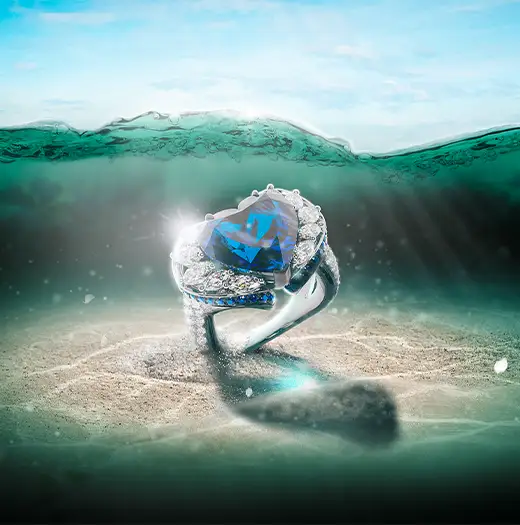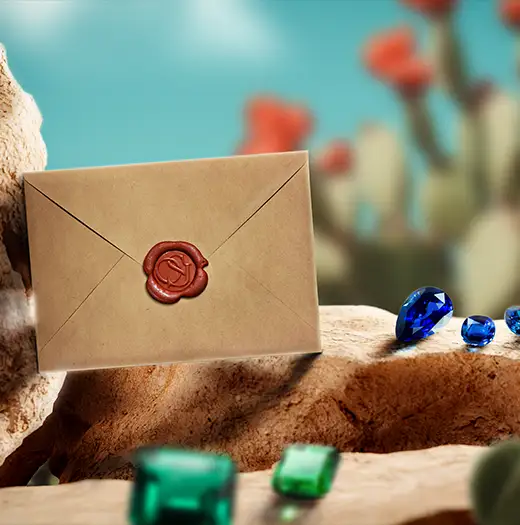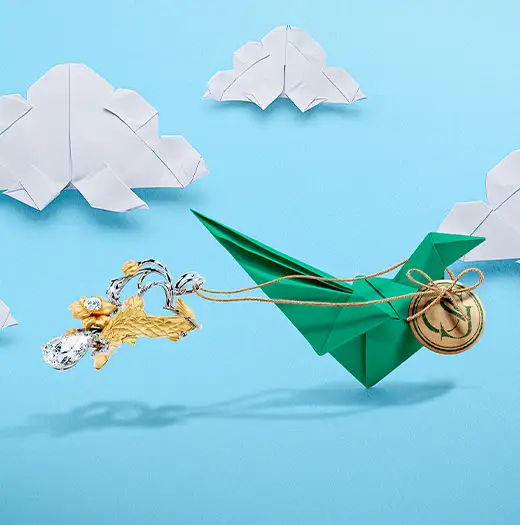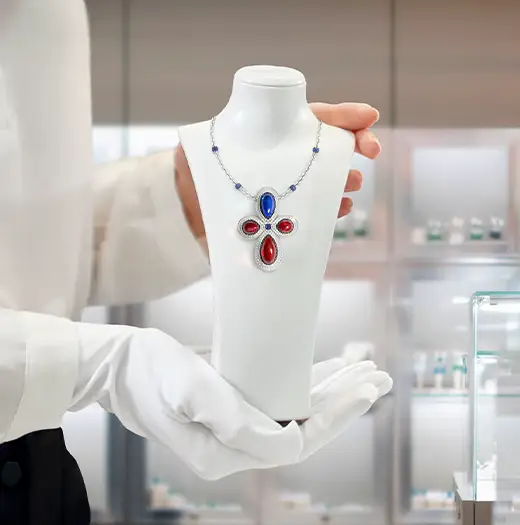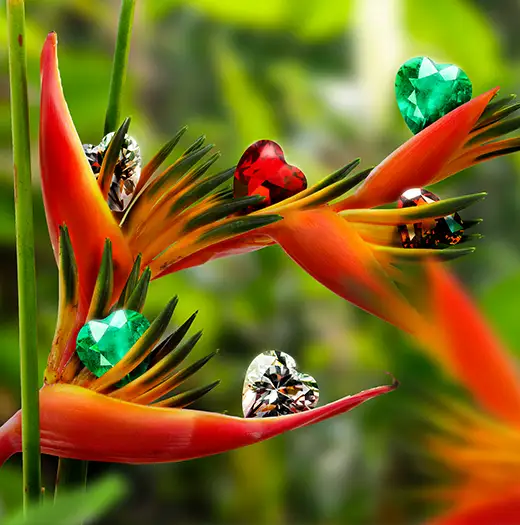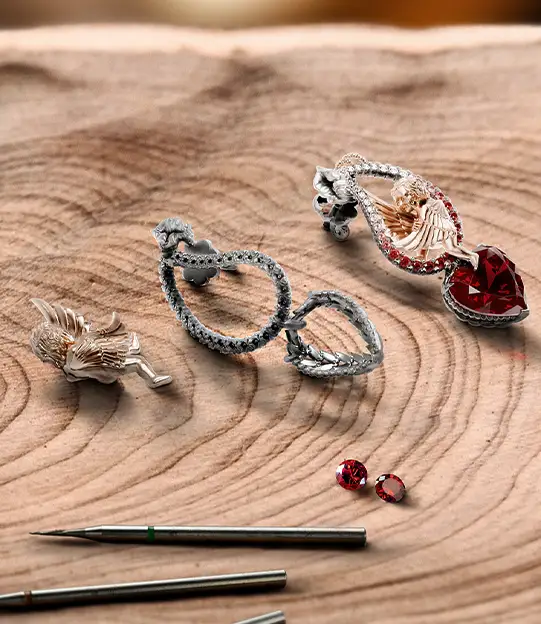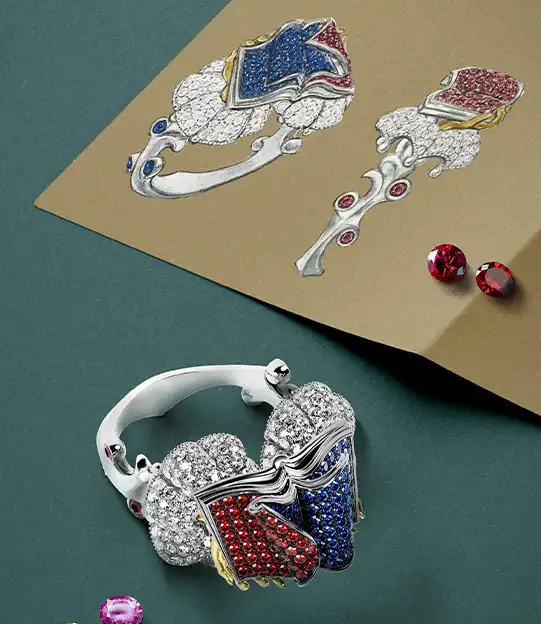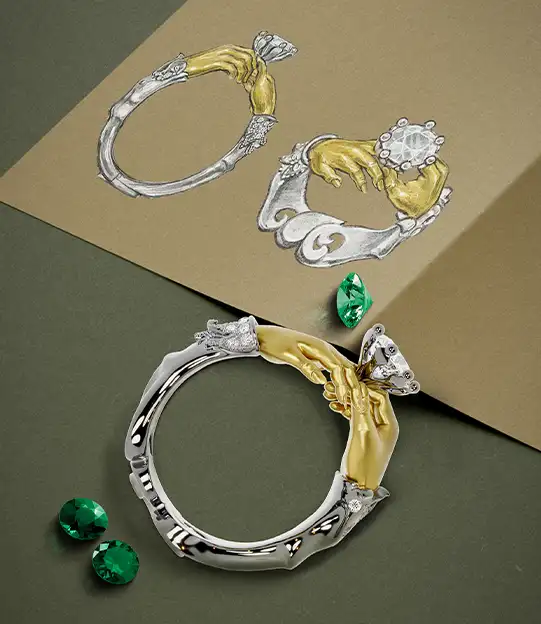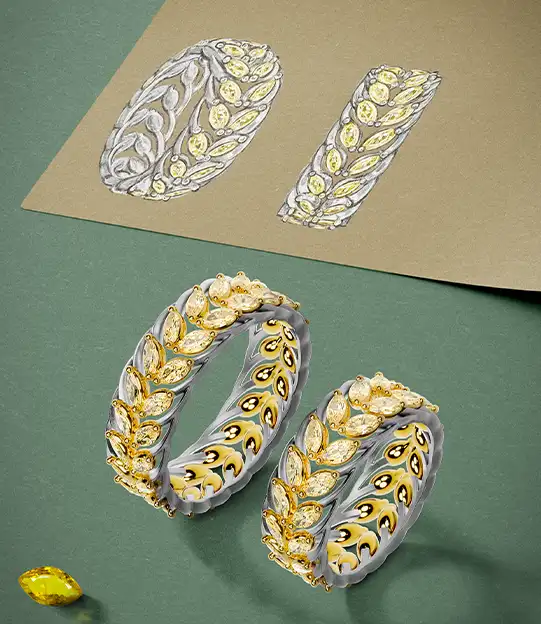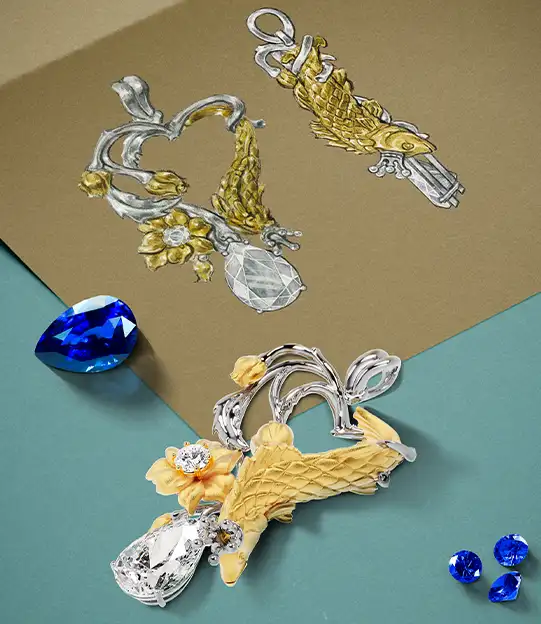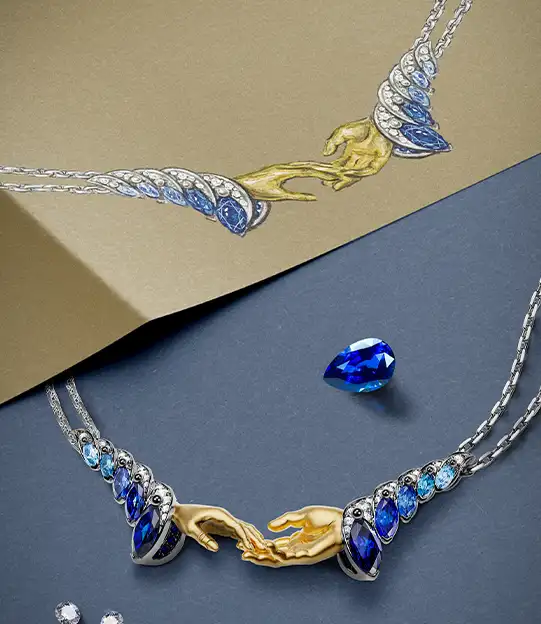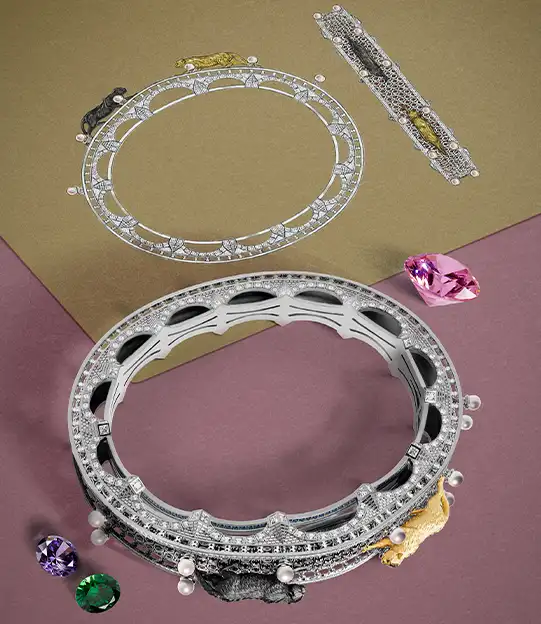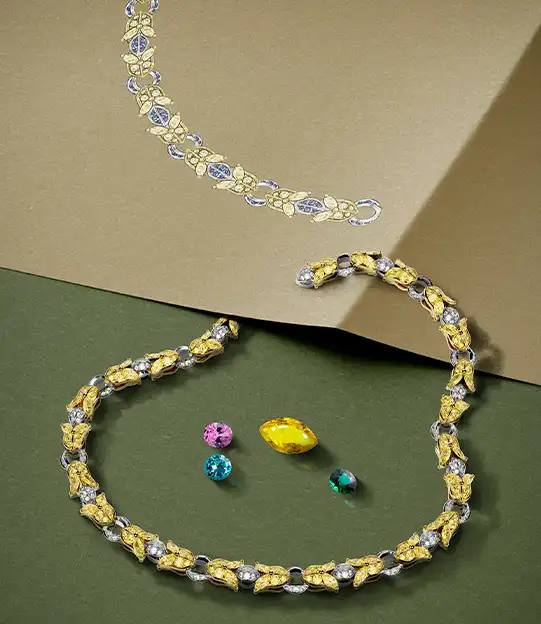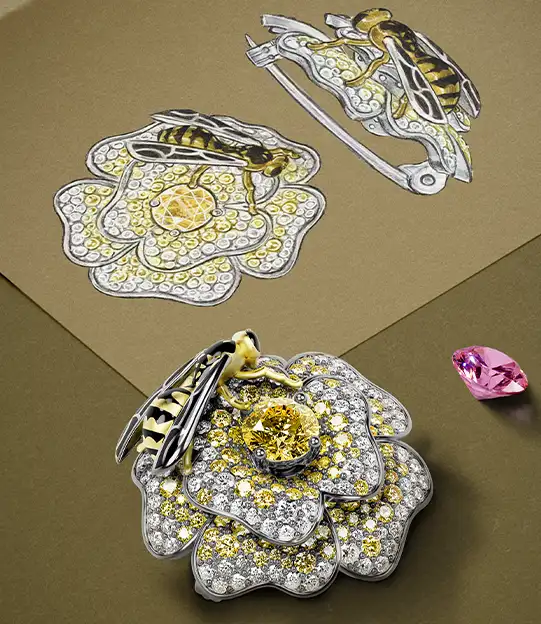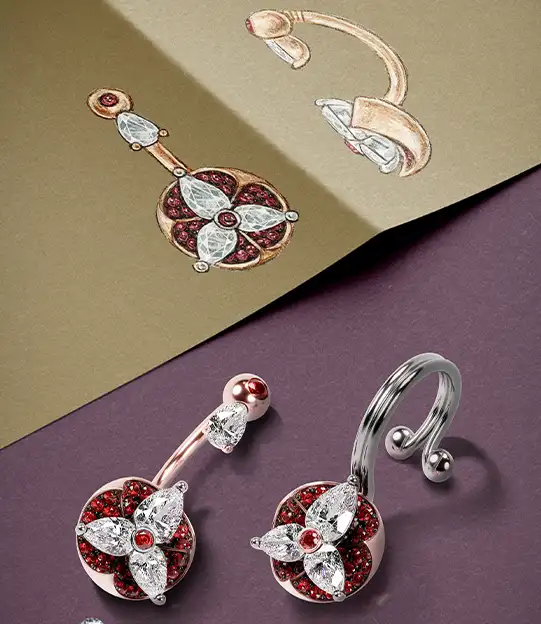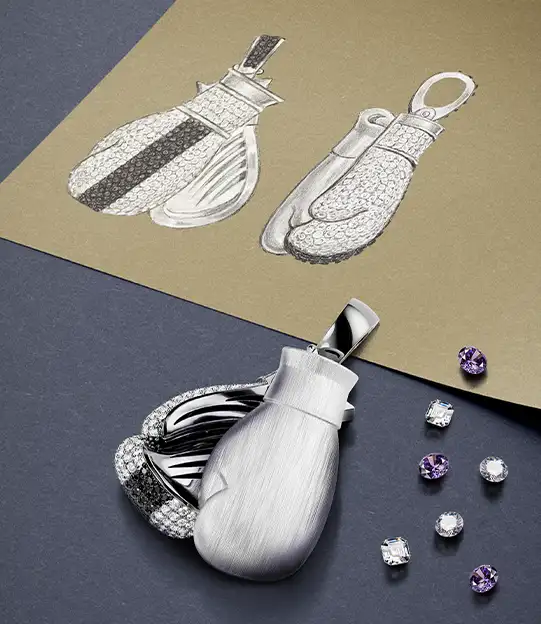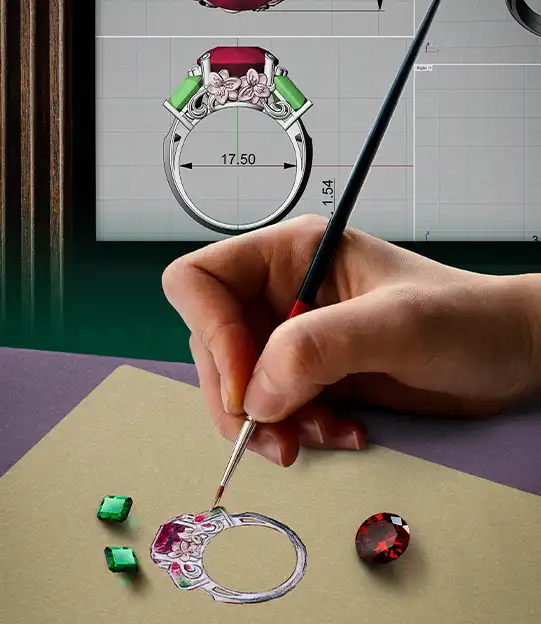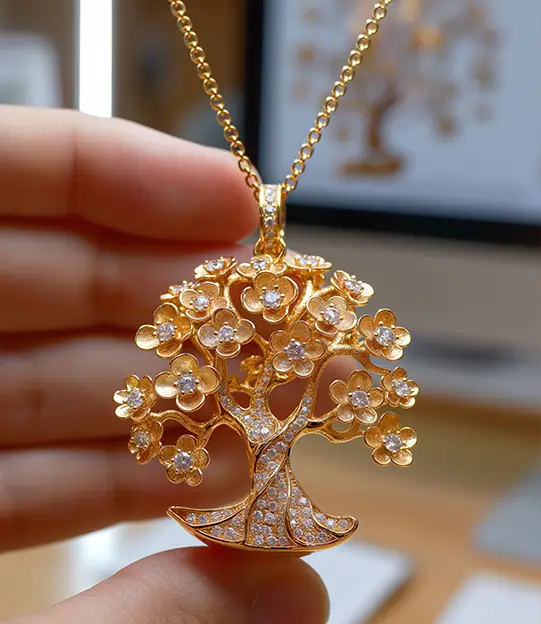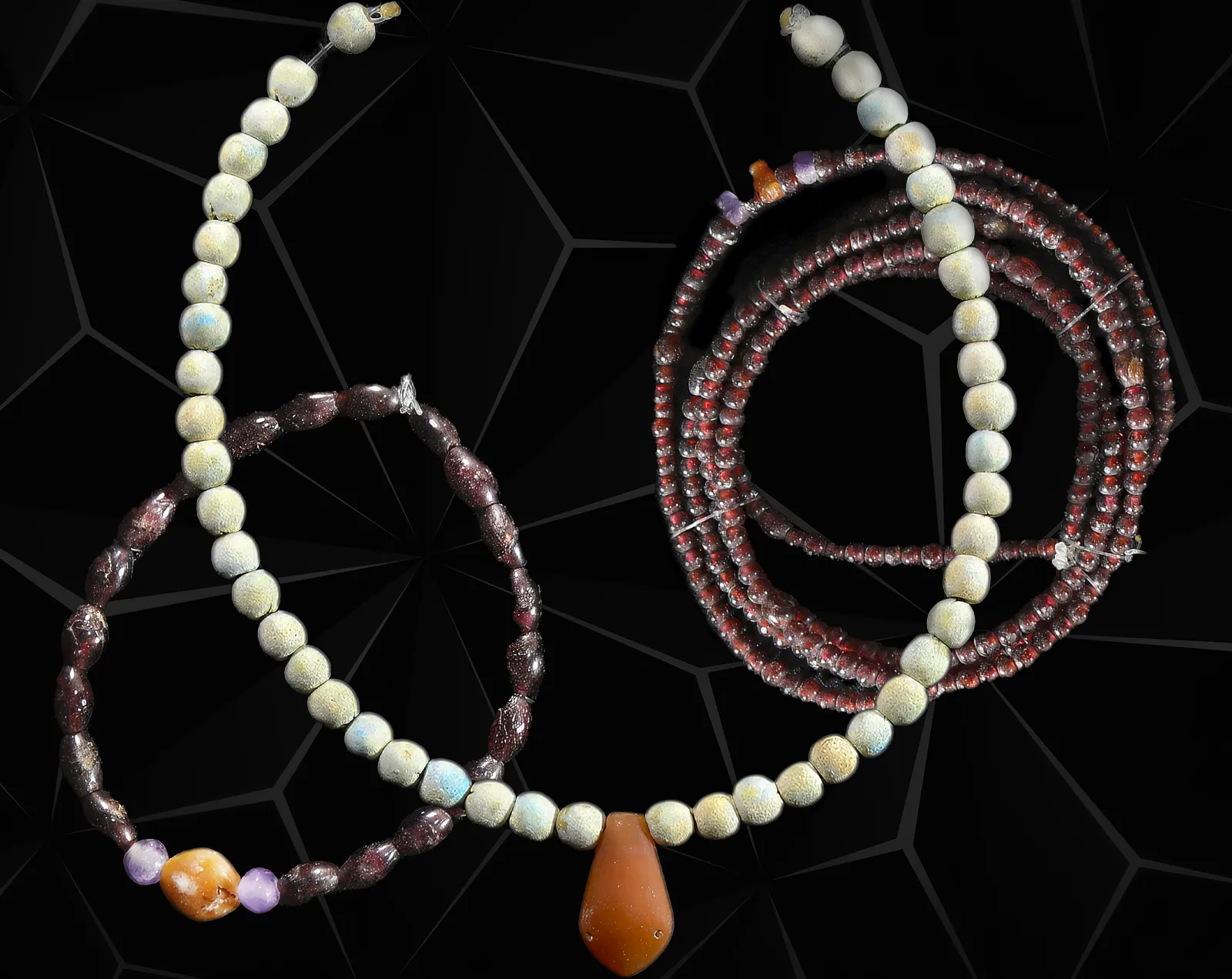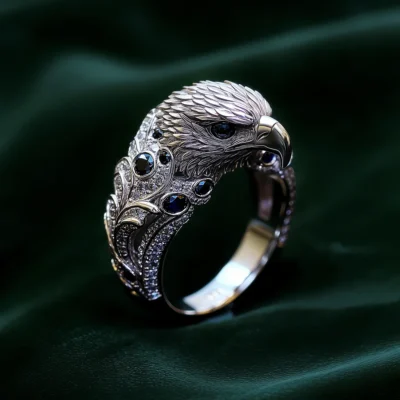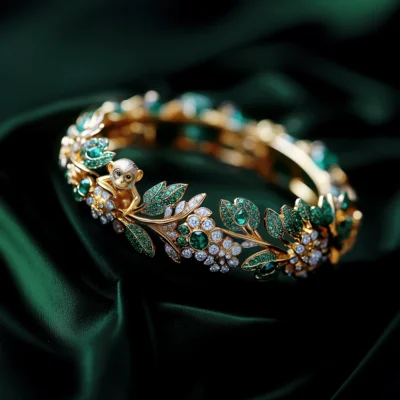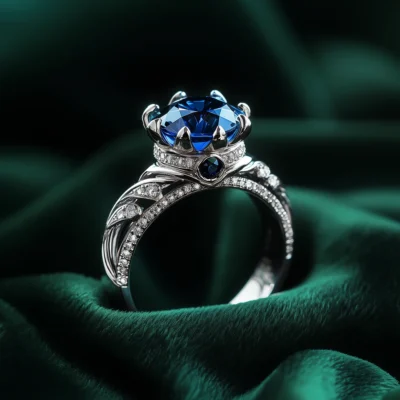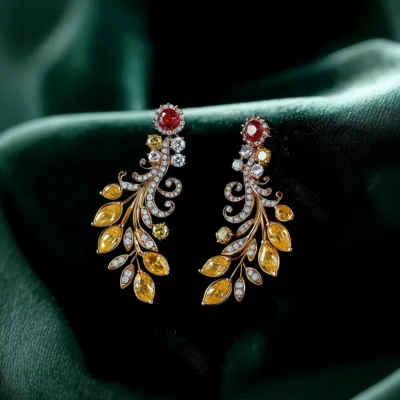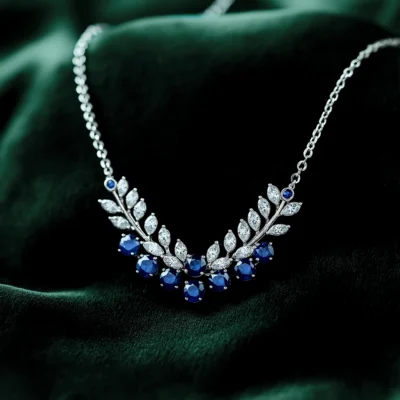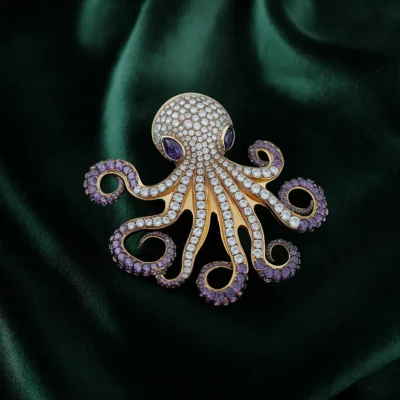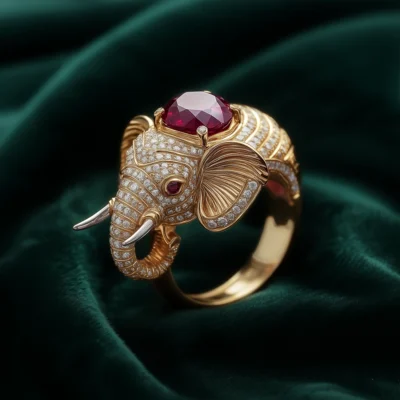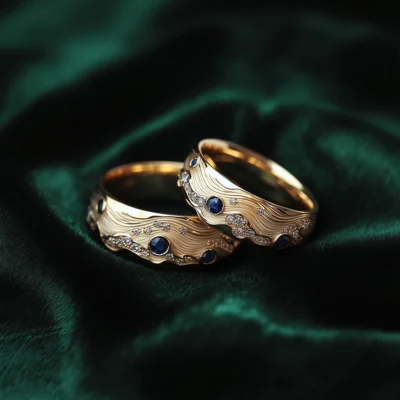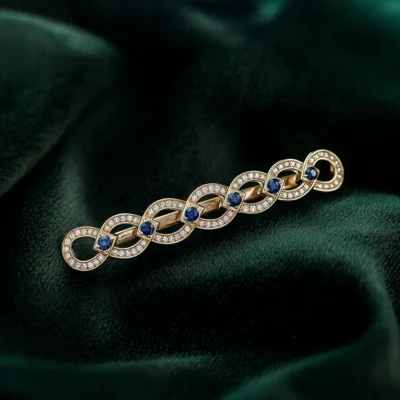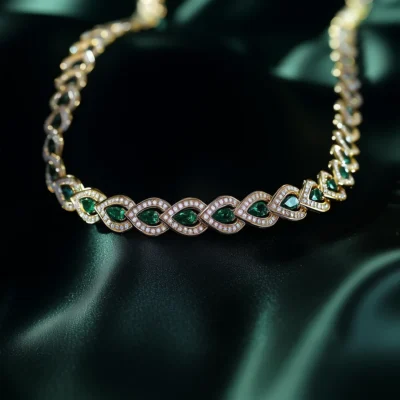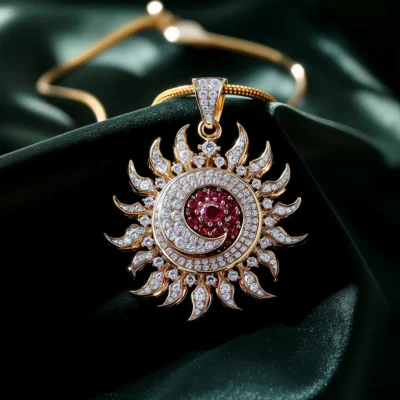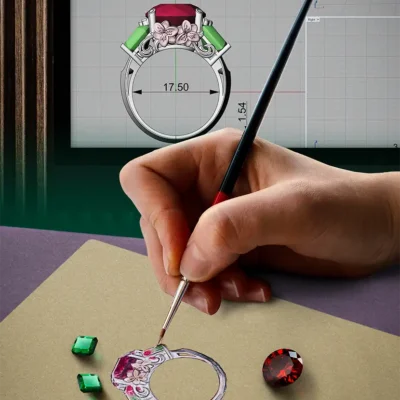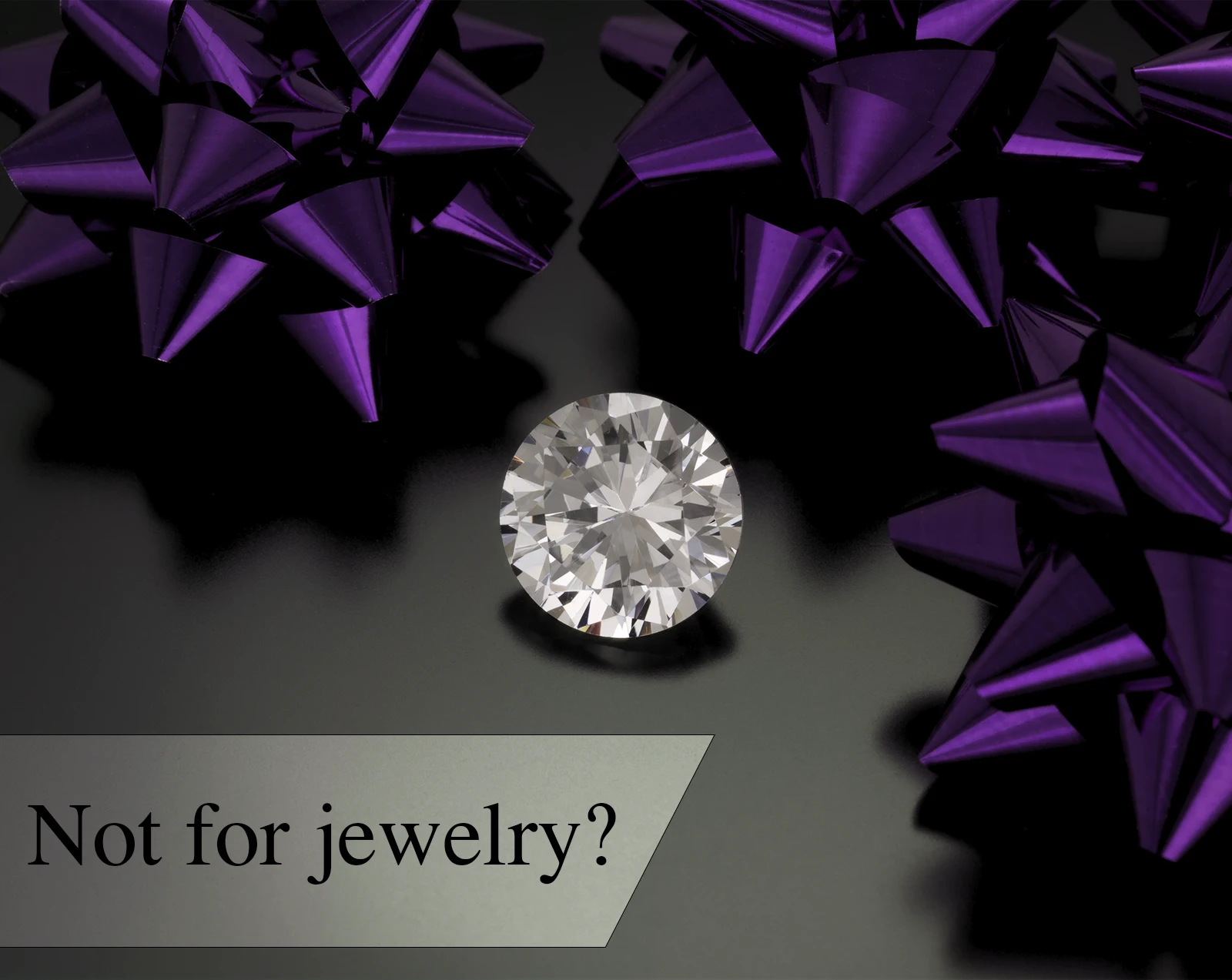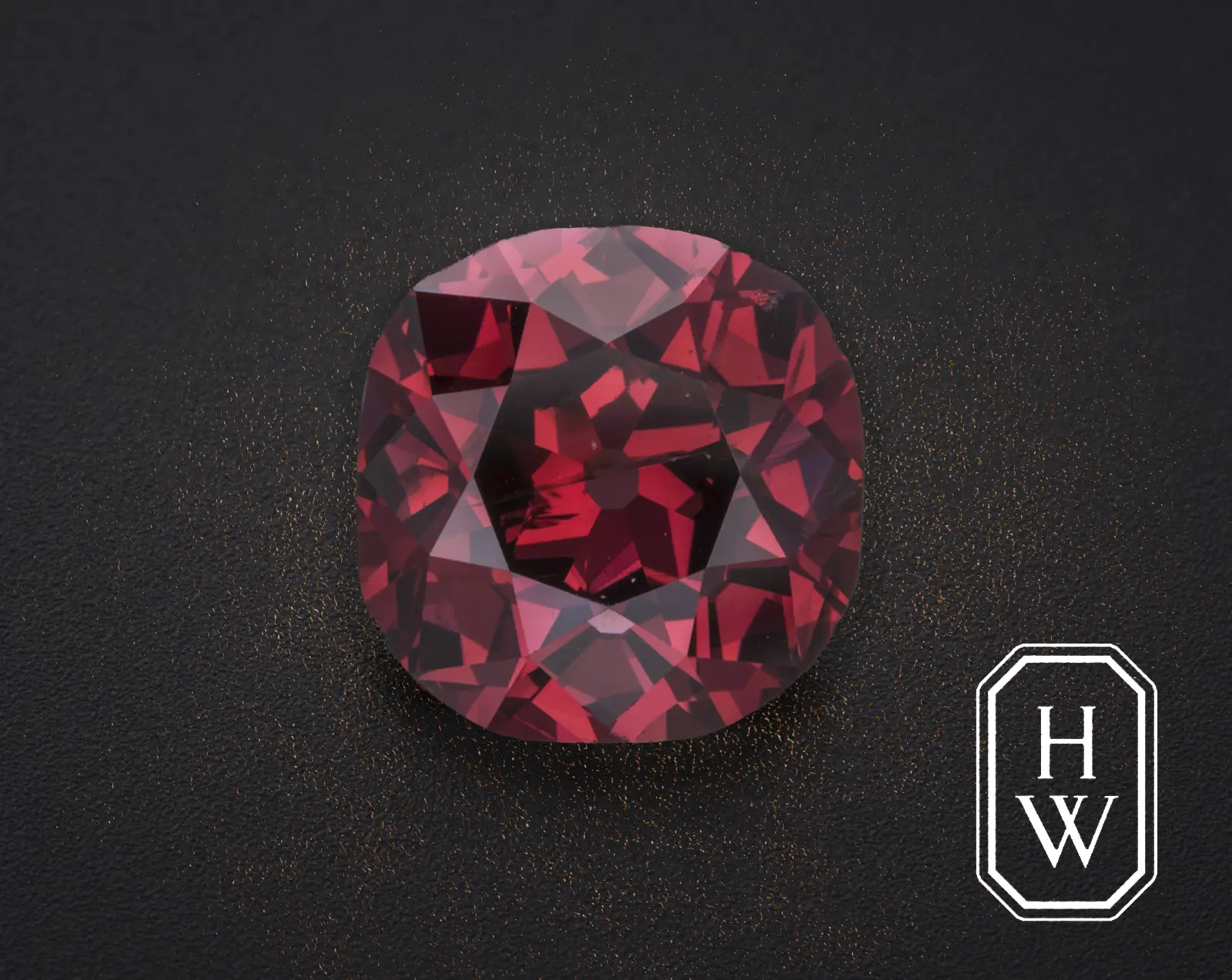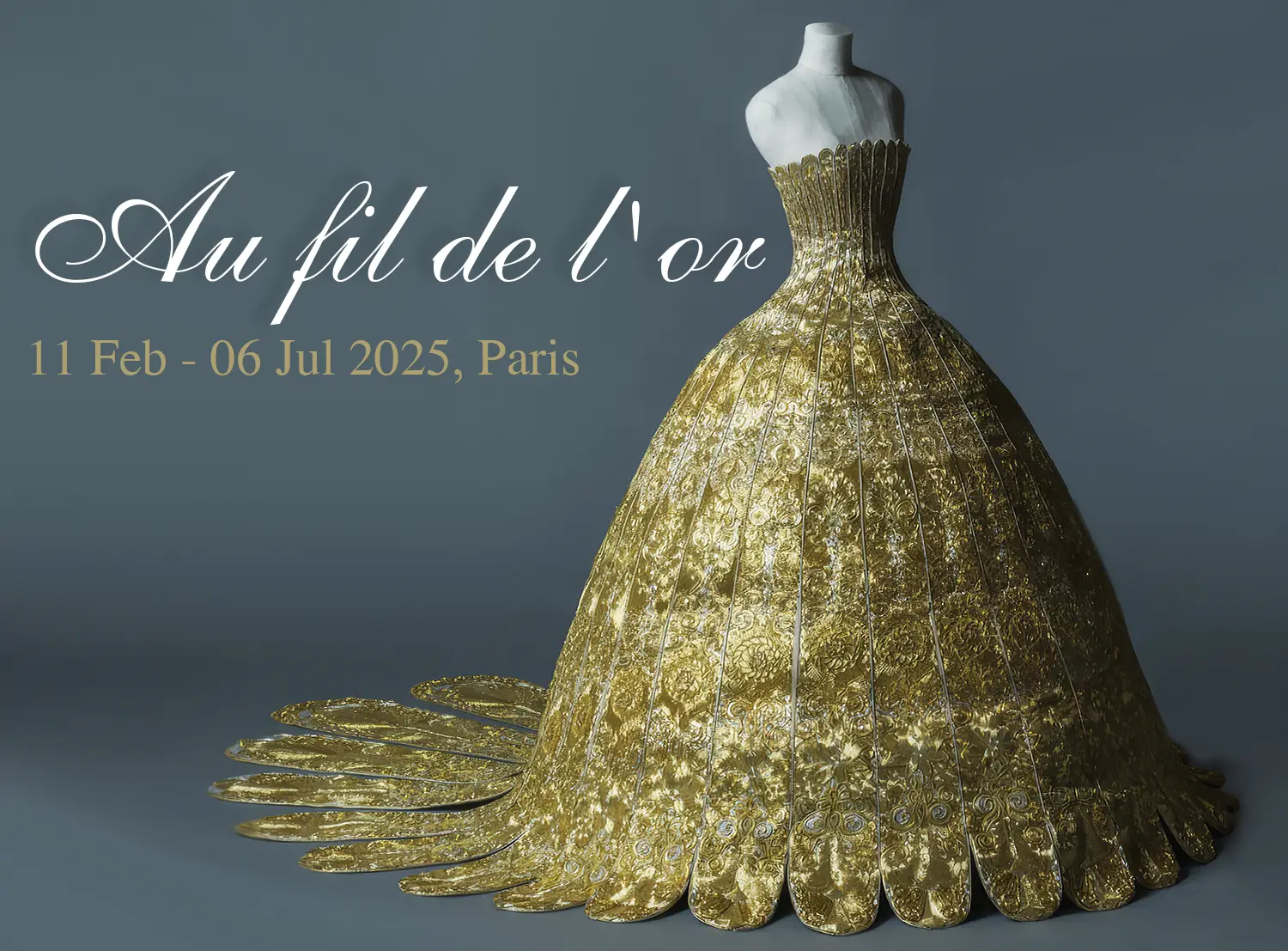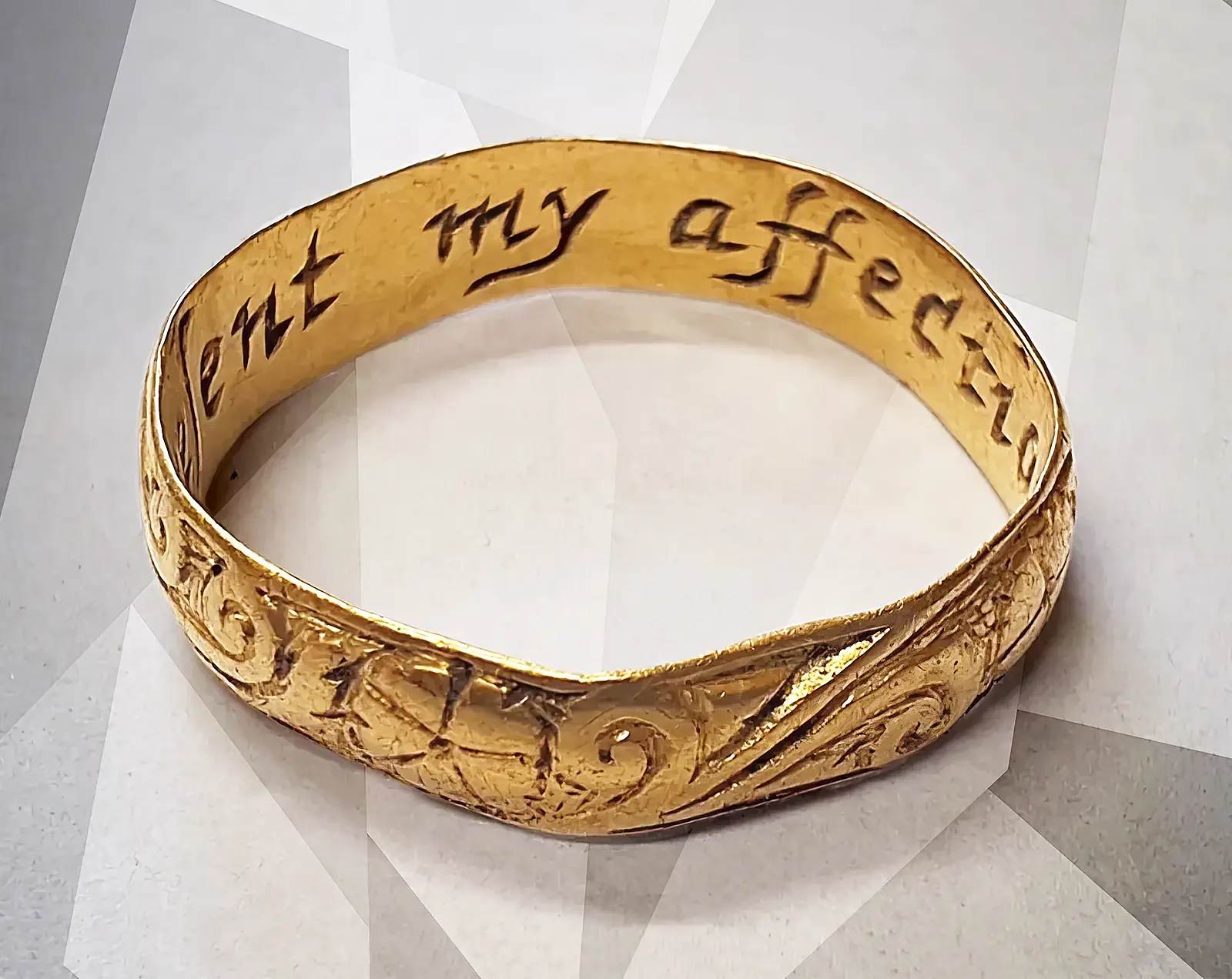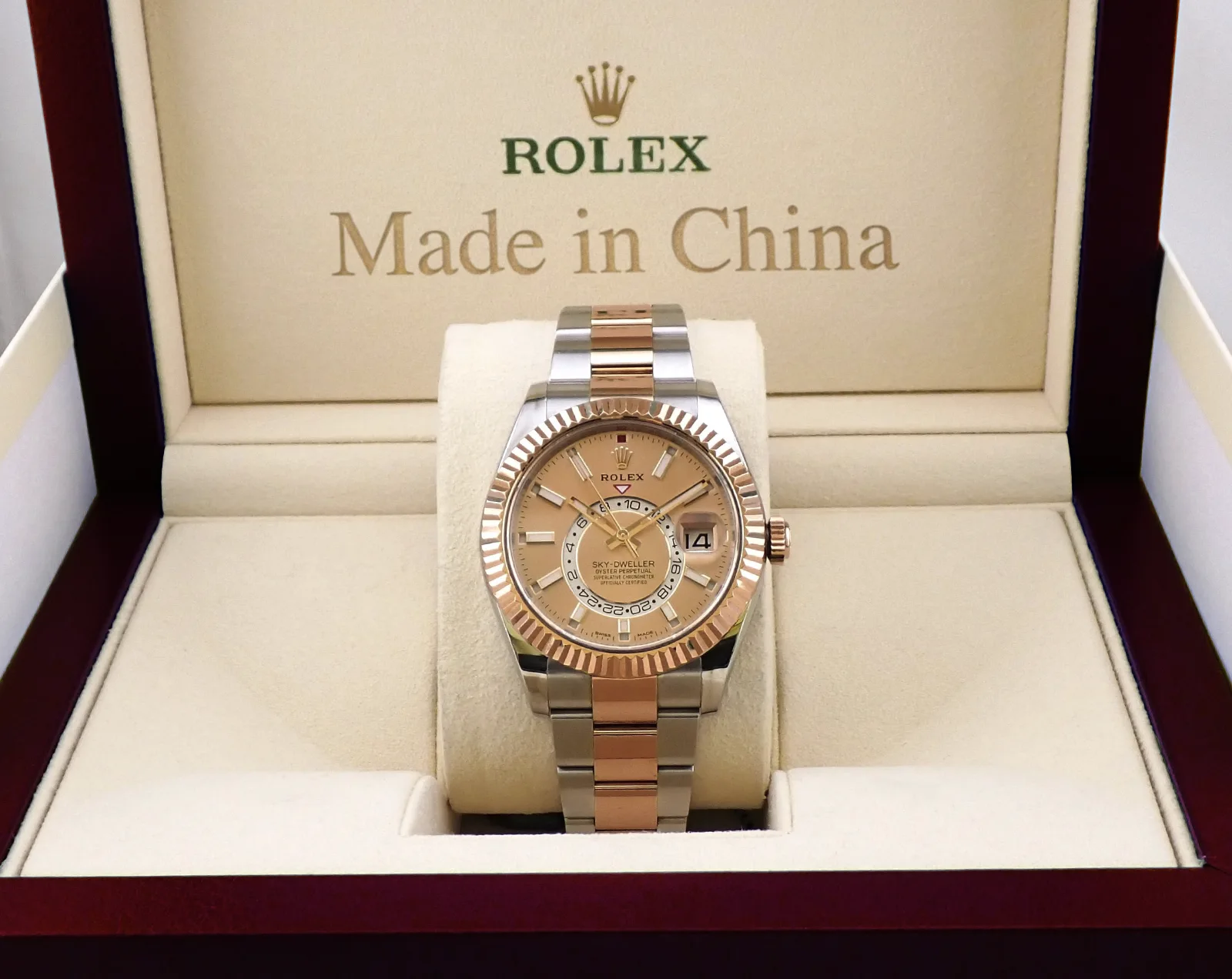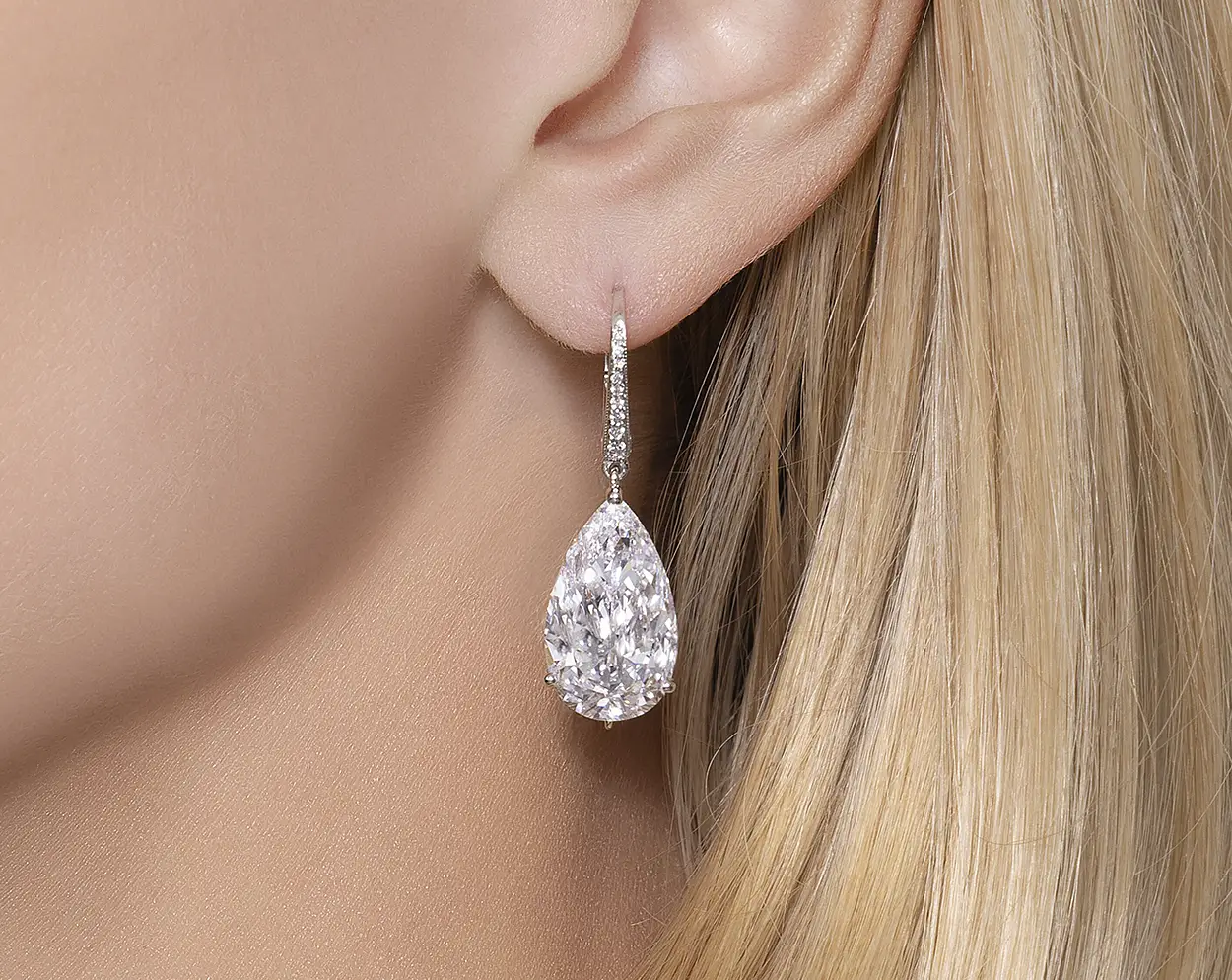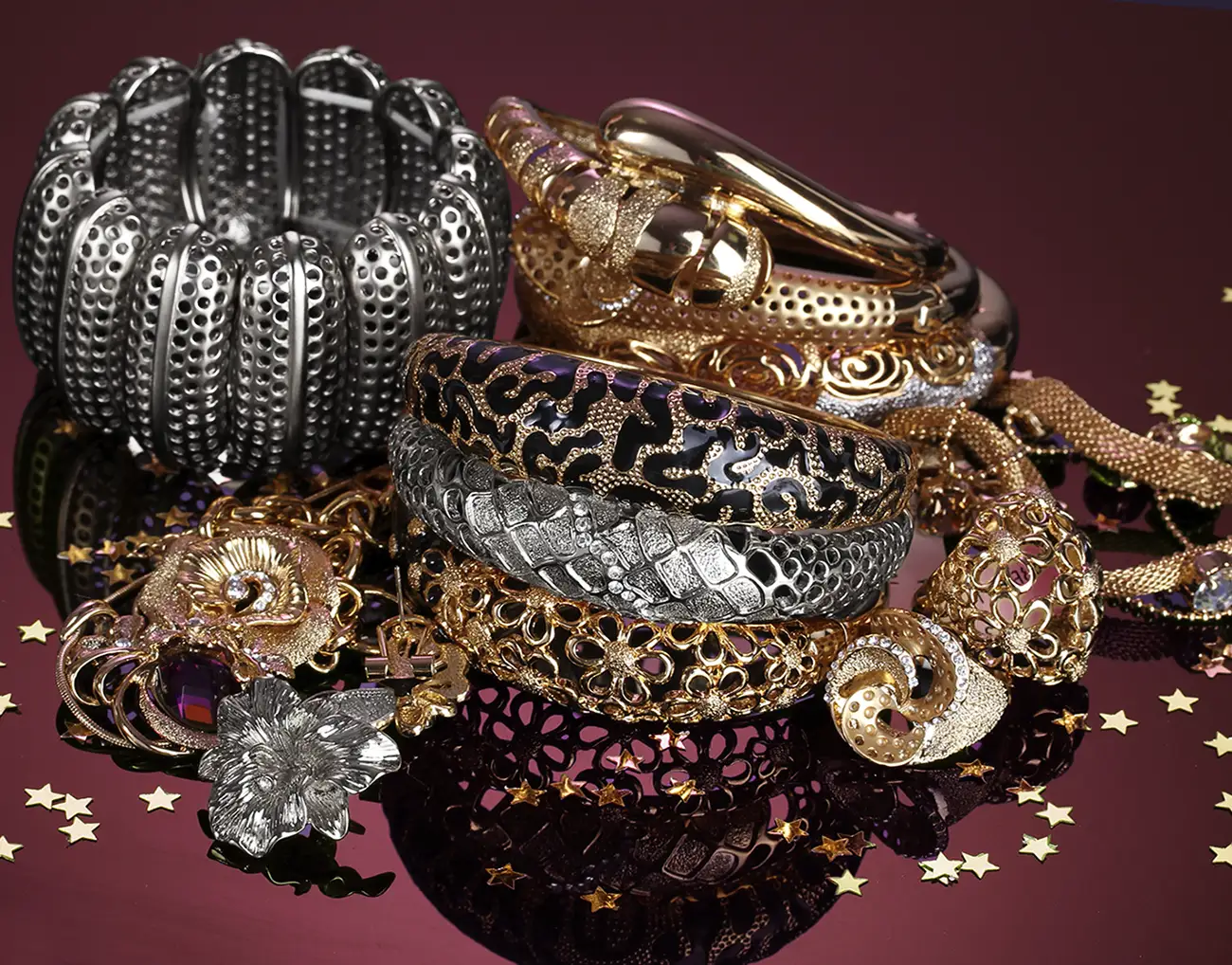A research team from Egypt and the U.S. has recently discovered a 4,000-year-old tomb near Luxor. The archaeological find corresponds with Egypt’s Middle Kingdom period. About a week ago, Egyptian officials released a few interesting details to the public. For example, we now know that the burial site has 11 sealed tombs that likely enclose the remnants of people from the same family tree.
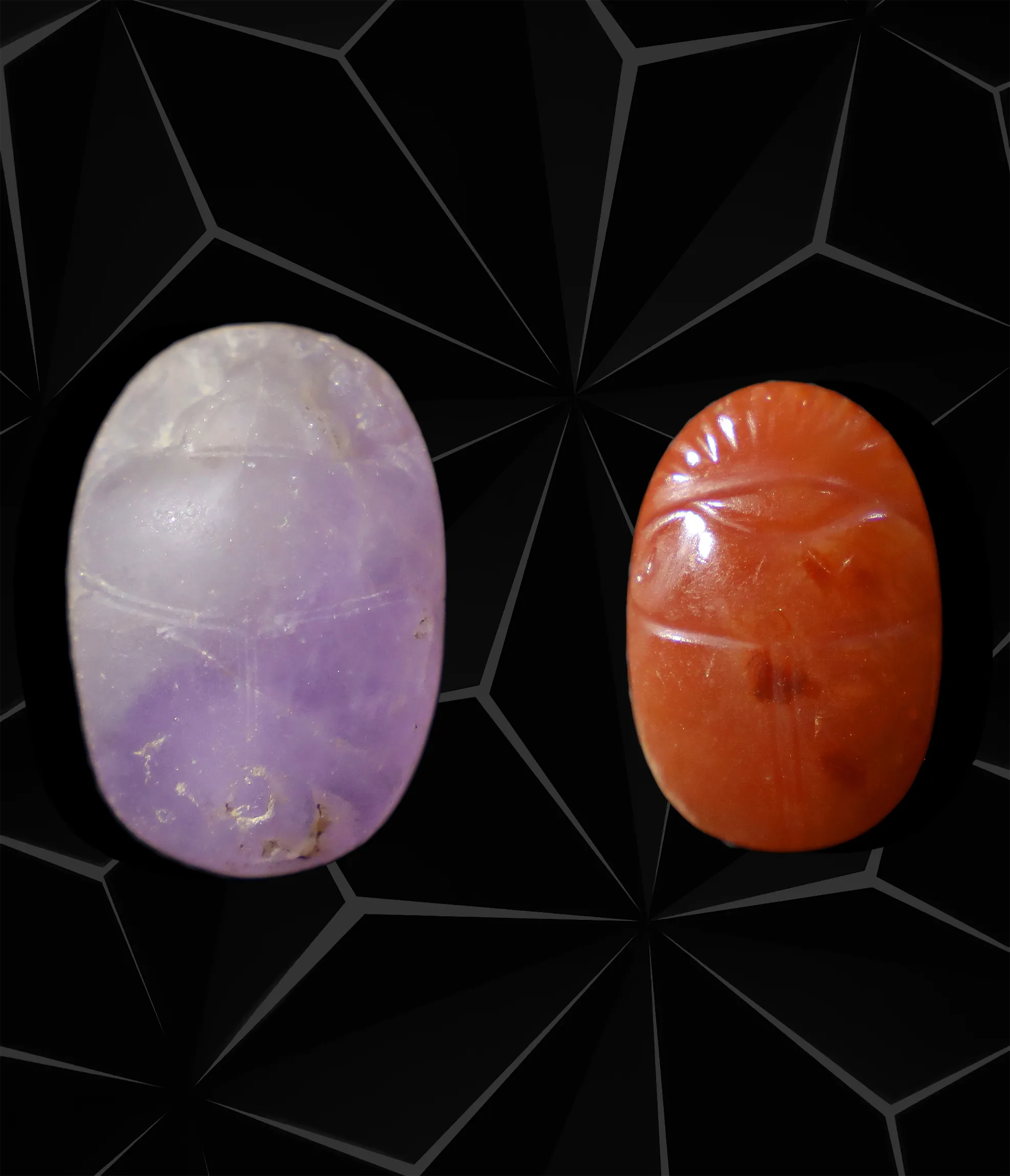
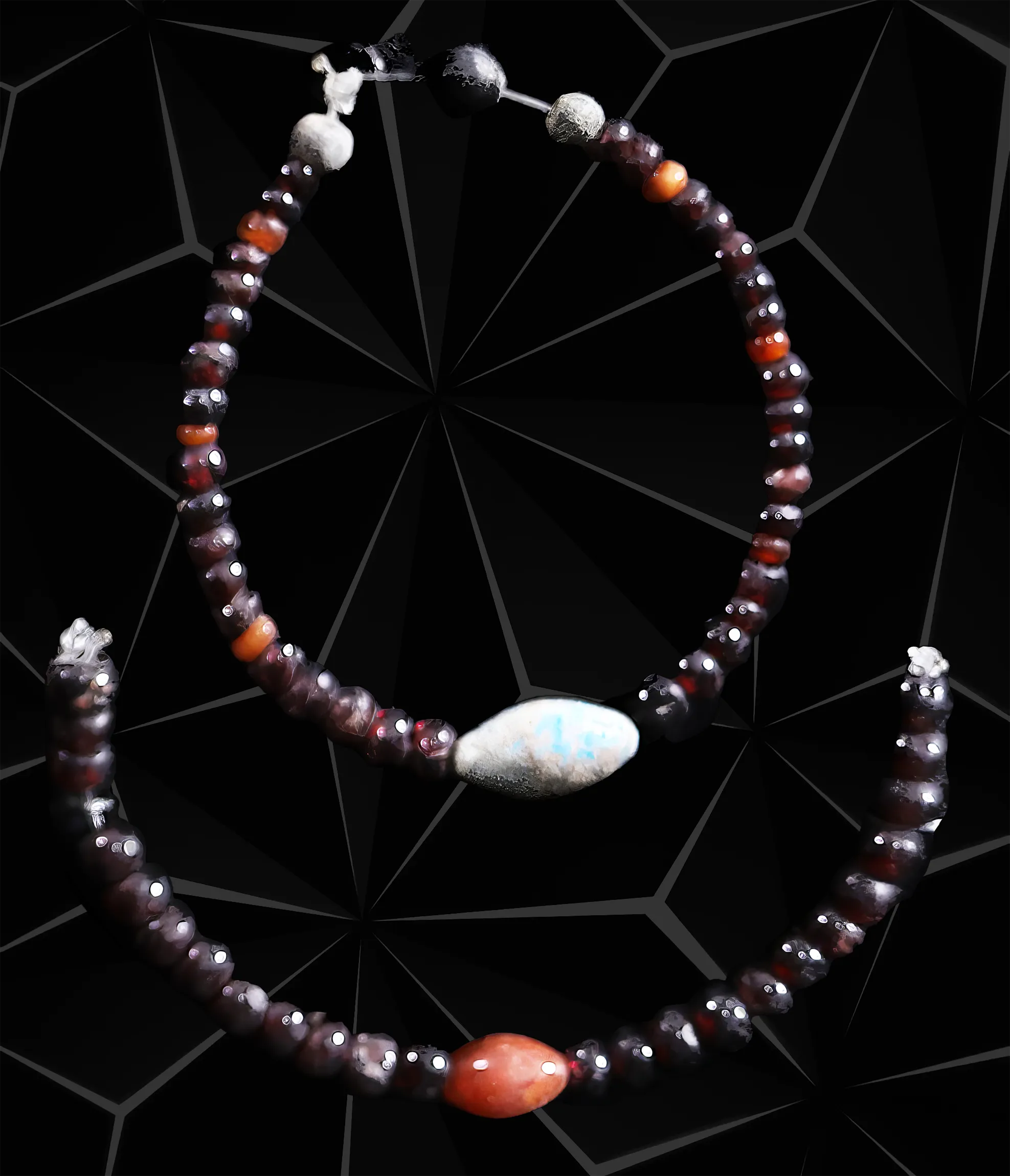
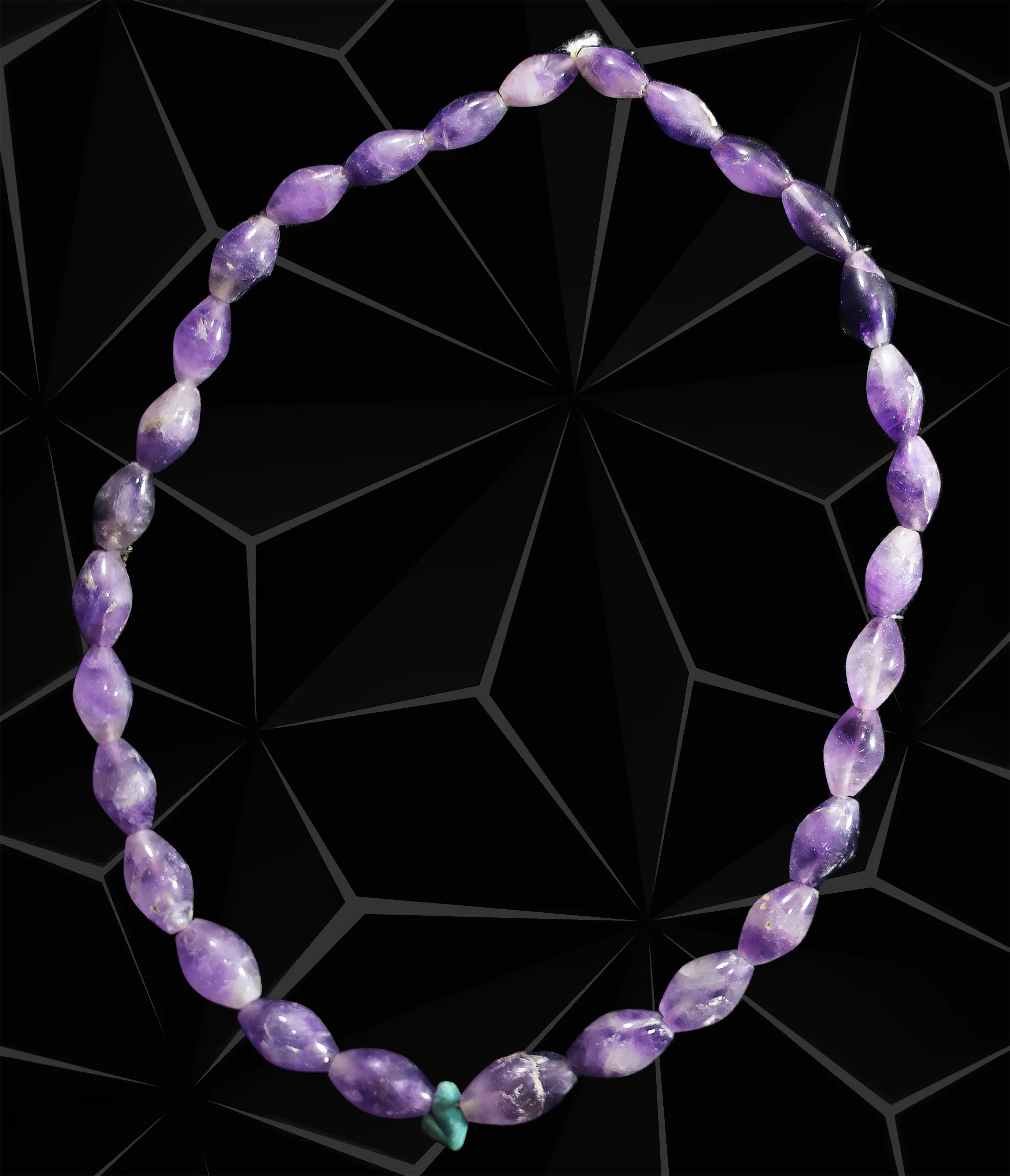
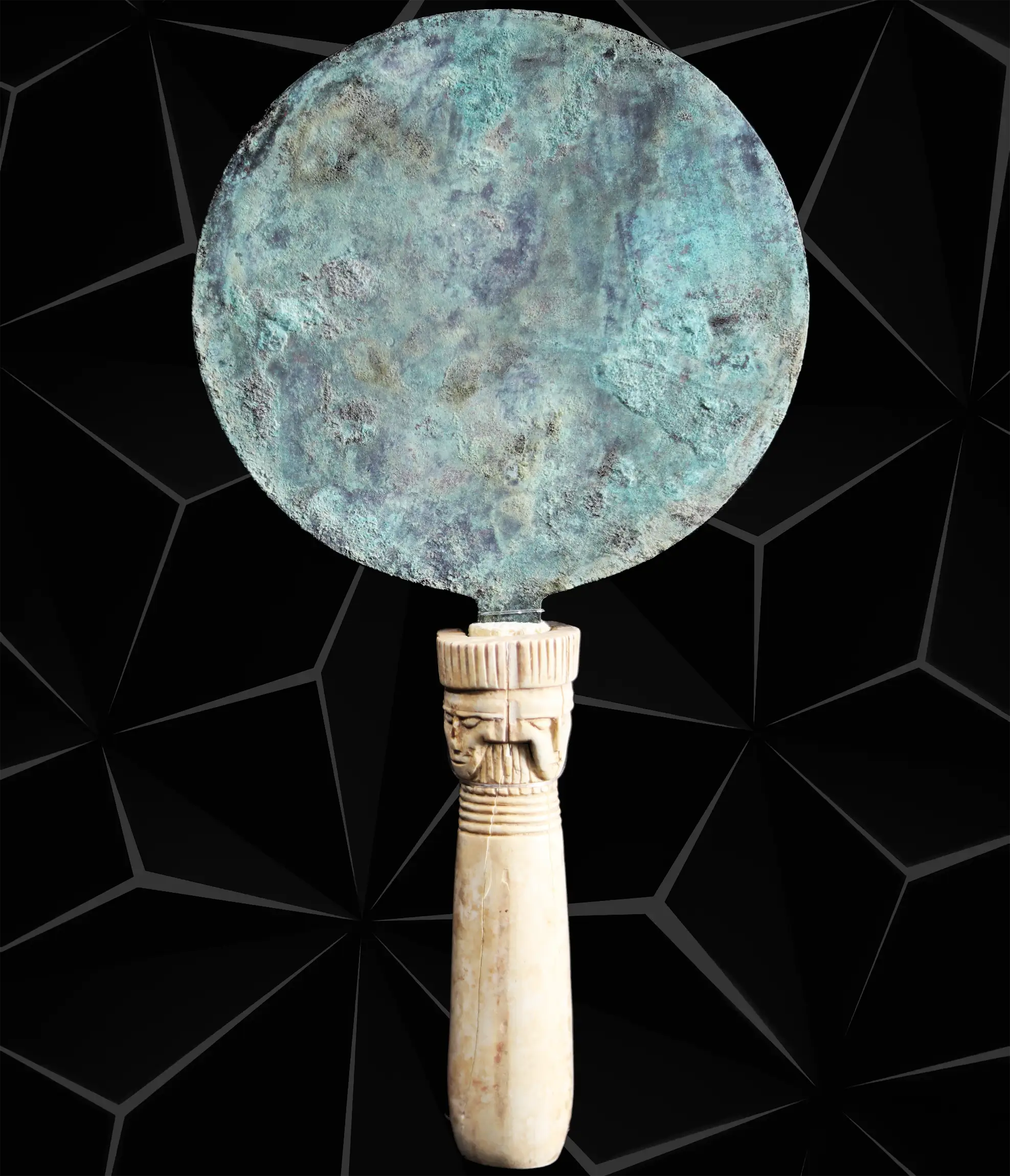
The excavation site is a true “treasure trove” with quite a few unique artifacts that demonstrate the art of that time. Some of the things found in the tombs are complex pieces of jewelry such as necklaces, bracelets, and armlets embellished with garnets, faiences, feldspars, and carnelians. The archaeological crew also discovered two copper mirrors with ivory handles. One of them depicts a four-faced goddess Hathor, one of the most revered deities in Egyptian mythology who was a guardian of beauty and love. The second handle features a beautifully shaped lotus flower, likely symbolizing rebirth.
Dr. Pischikova, the head of the South Asasif Conservation Project, has managed the excavation efforts. This is the first Middle Kingdom tomb discovered within Theban necropolis. Dr. Pischikova states that “it enriches our knowledge of burial sites from that period and presents us with a unique jewelry collection that has remained miraculously well-preserved.”
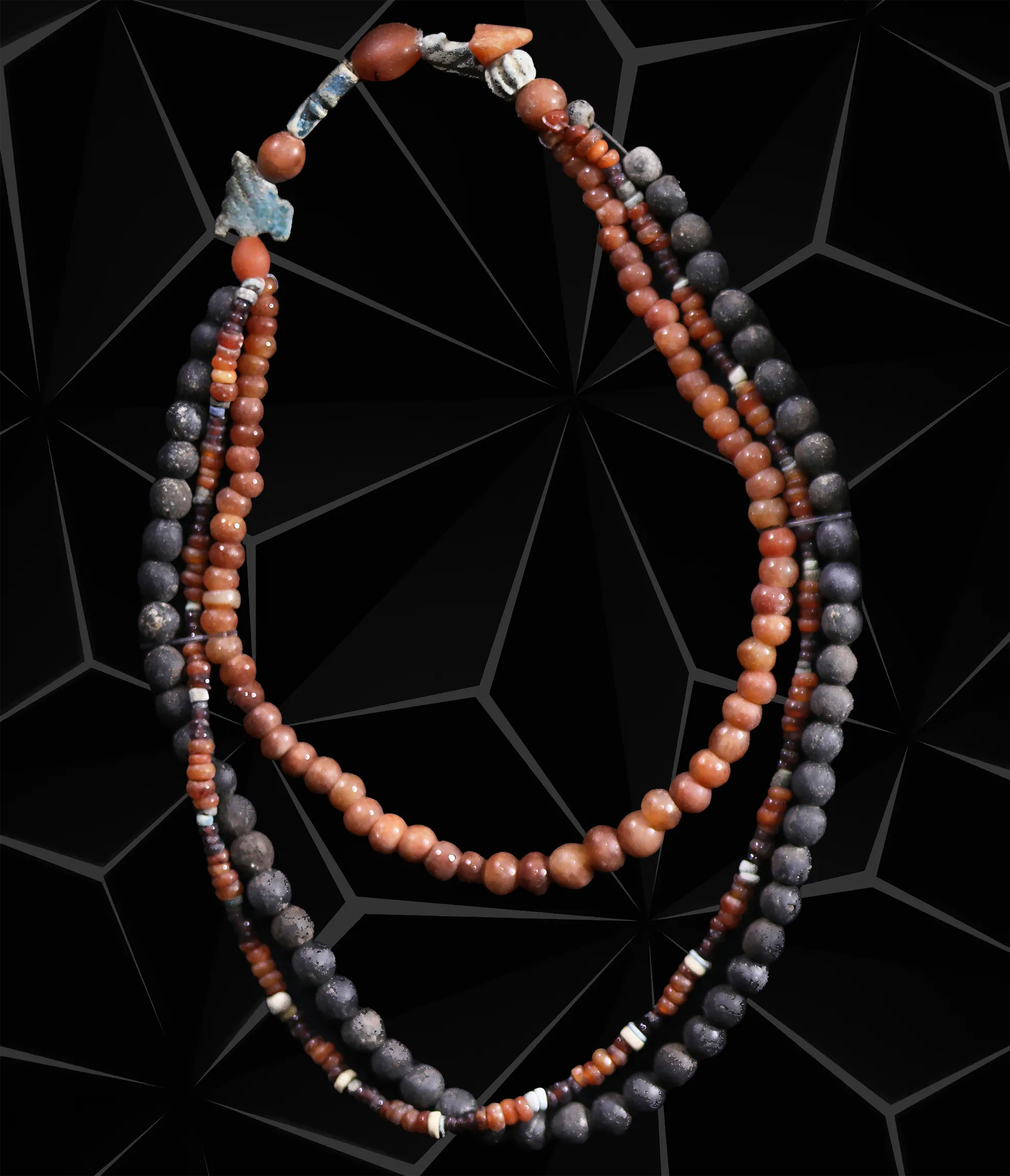
The most prominent jewelry piece is an opulent necklace composed of amethyst and agate beads. It encircled a hippo head charm placed in the grave of a man. Interestingly, a hippo represents life and rebirth and is connected with many Gods in ancient Egyptian mythology.
Another notable find is a green-blue fertility-themed figurine made of glazed faience. The statuette is embellished with intricate ornaments and geometric marks on its body. “The figurine’s cropped hair is painted black, and her head has three rows of holes for inserting hair,” the lead archaeologist stated. The team also found almost 4,000 mud beads beside the statuette, which were used for styling her hair.
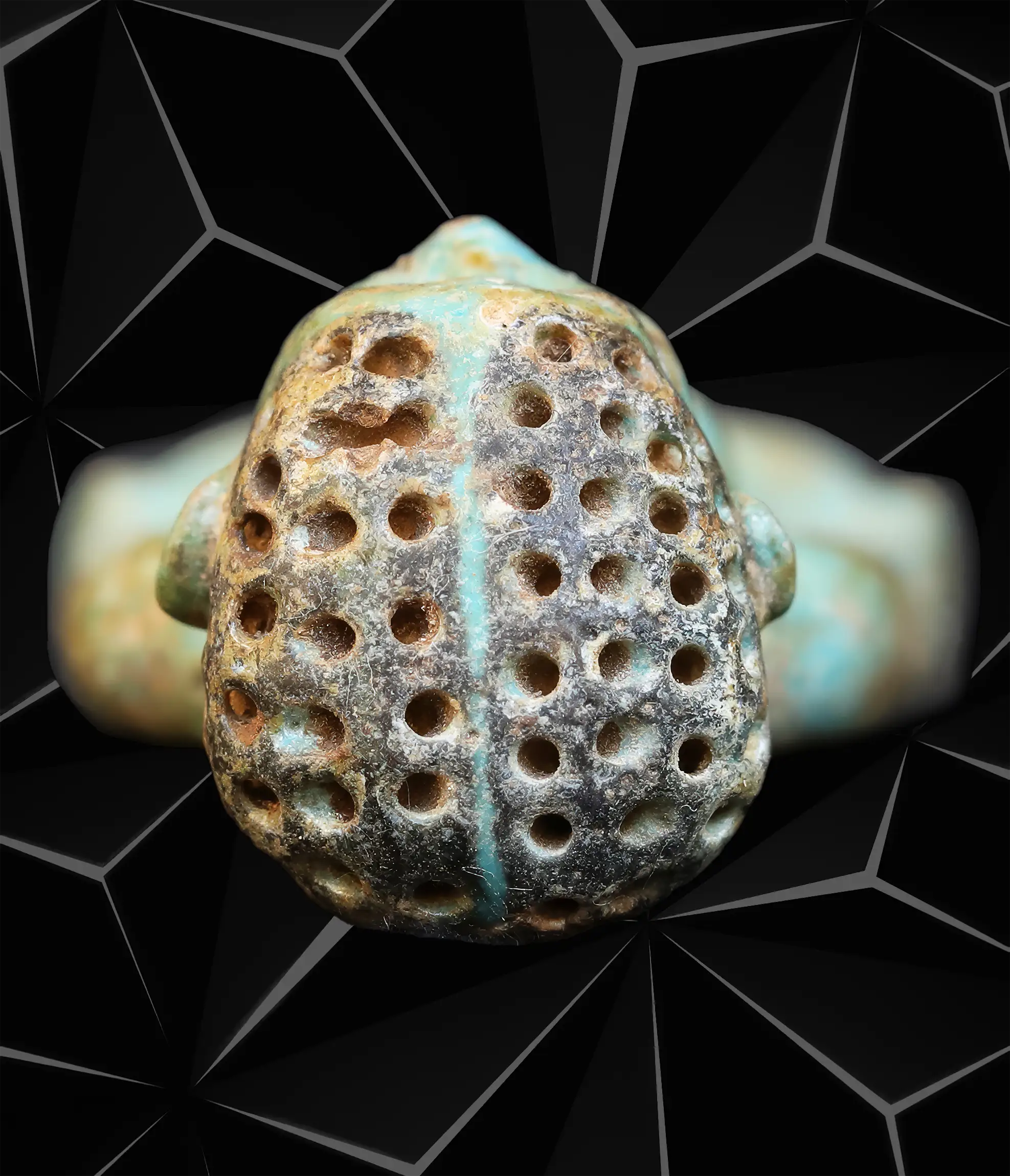
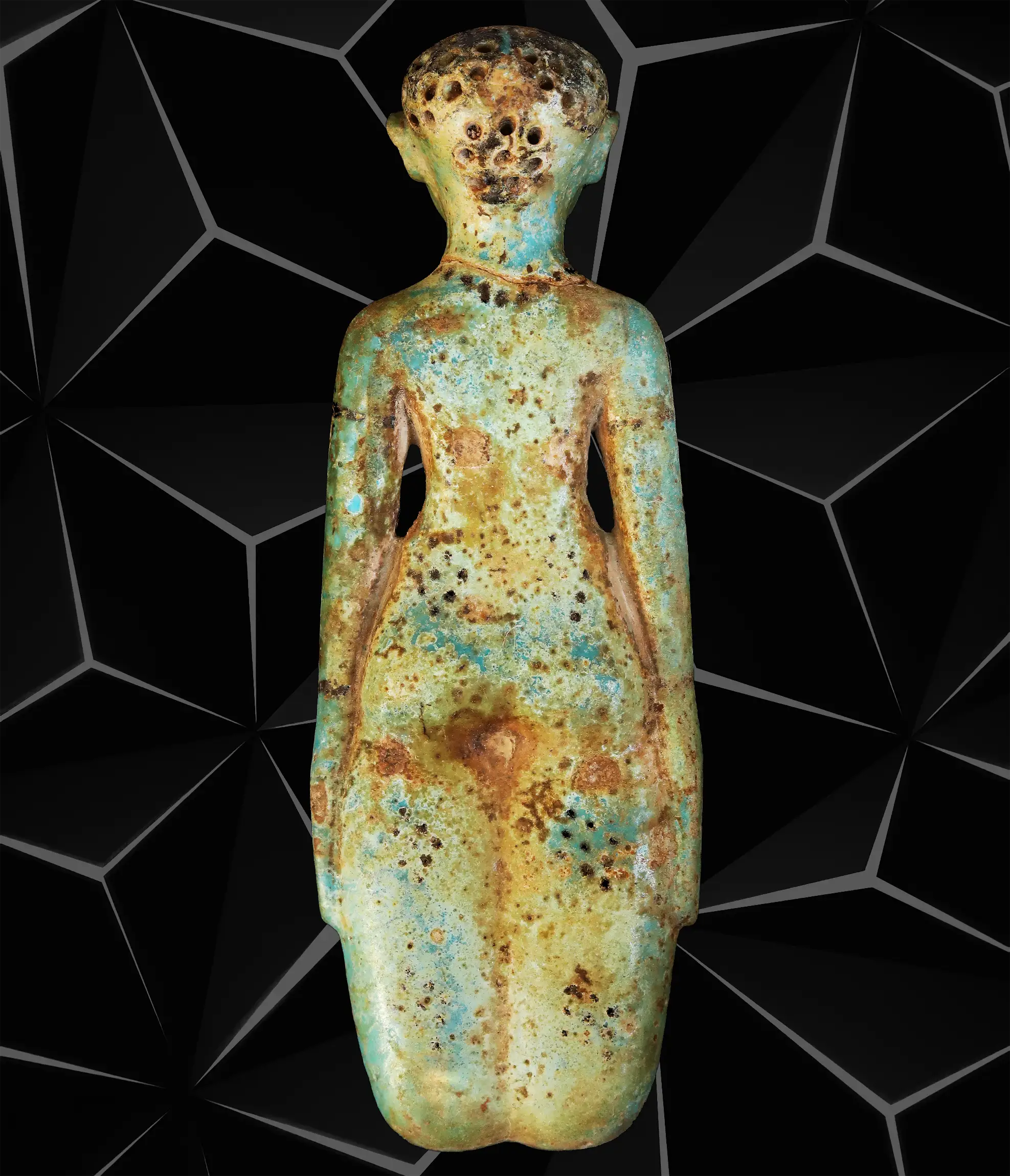
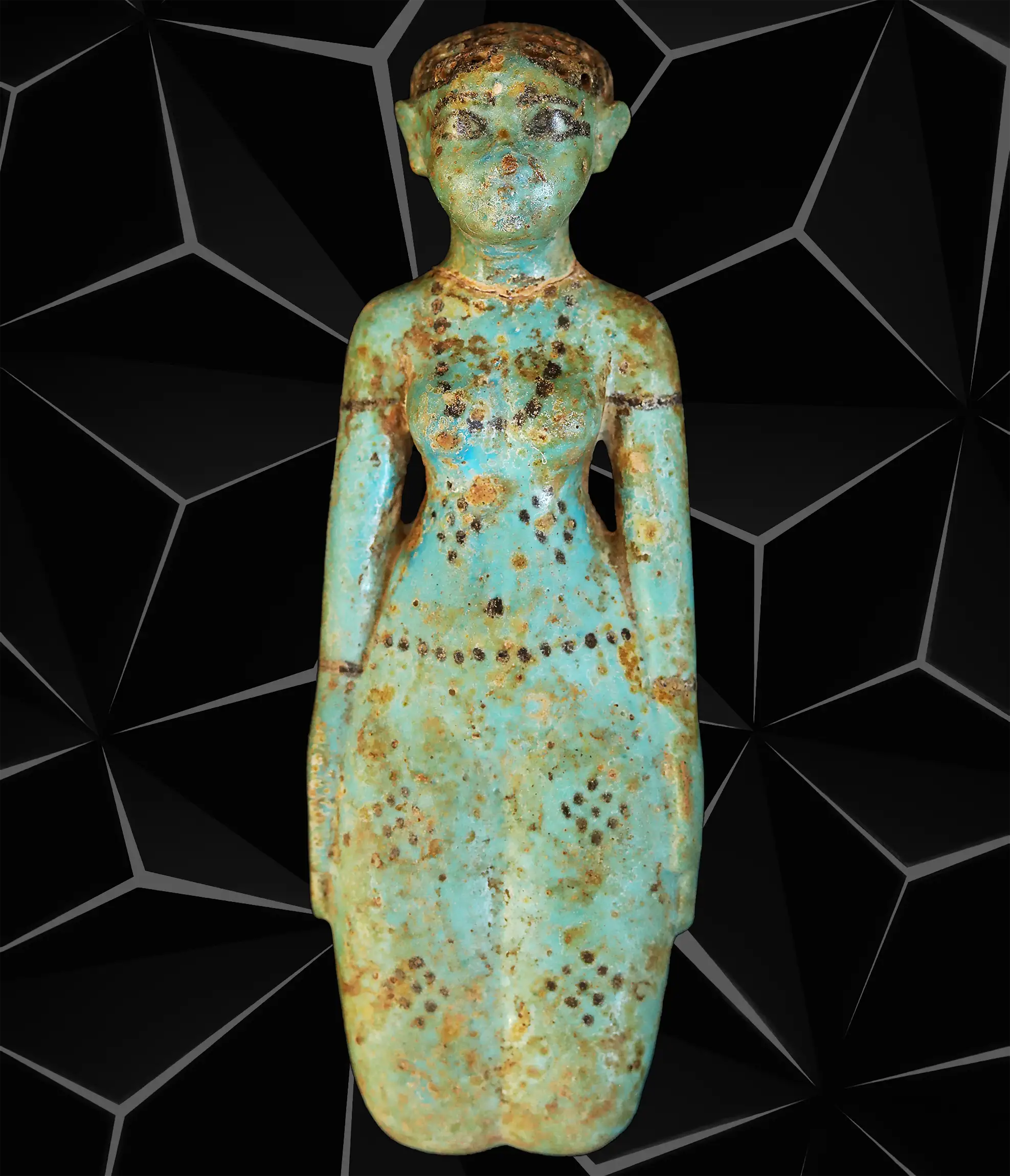
Unfortunately, the tomb’s coffins and linens were poorly preserved. Ancient floods caused by the Nile River likely destroyed them. The human remains, however, had a fairly decent level of preservation. The found bones suggest that there were at least two men, three children, and five women buried in this place.
This historic find near Luxor not only tells us about the ancient history of this city, but also gives more information on the religion and culture of the Middle Kingdom. Naturally, the discovery appeals both to historians and jewelry enthusiasts like us. Let’s hope the archeological team will unearth even more wonders of the ancient world!

